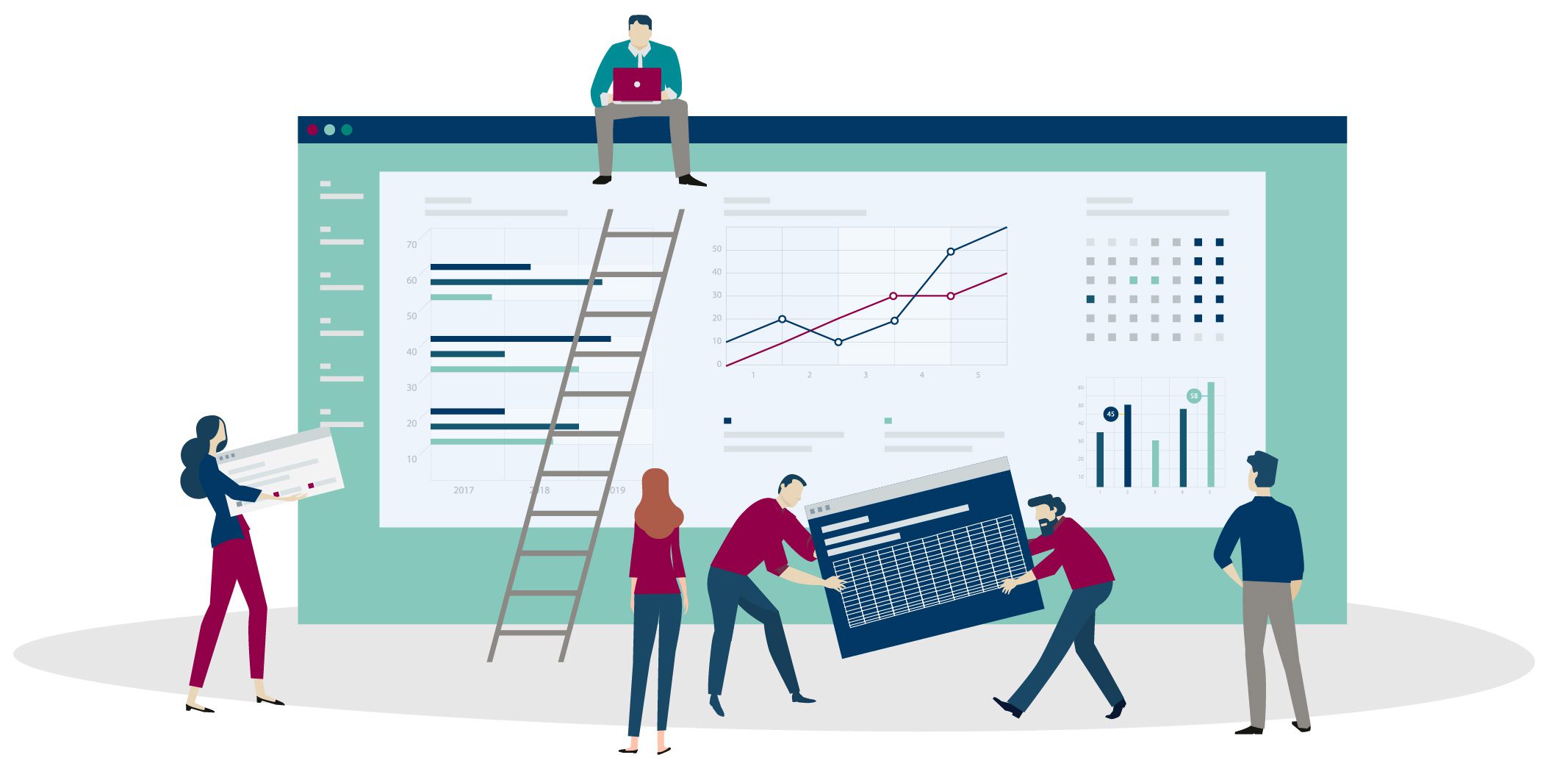Improving the Office of Finance’s Strategic Role in the Business
Blog post
Share
Times are Different. Build an “Always-On” Foundation
Disruptive events, increasingly intense competition, and marketplace uncertainty have all converged to drive rising demand for more timely financial information and operational insights. Managing a business has never been more challenging– conditions change daily– and decision makers need more frequent assessments of performance. The demand is high for quicker business insights and access to financial information.
This is a problem for most organizations as they have built their finance and accounting model to provide historical information on a monthly cadence. This will no longer suffice. Finance and accounting organizations need to be able to support on-demand requests for financial information. They need to be “Always-on”.
“Always-On” Recommendation #1: More Automation, and Greater Standardization, is Needed
A recent study by The Hackett Group shows that among the Top 10 Key Issues for CFO’s and other senior finance executives is the modernization of the Finance architecture, and the need to take advantage of new finance technology capabilities. Sixty percent of companies have a major digital transformation initiative on the agenda.

Modernization is needed badly in Record-to-Report— according to results The Hackett Group’s benchmarks with Global 1000 companies, the typical record-to-report organization has a high percentage of manual effort in its general ledger processing: 55% of general ledger process activity is still manual. This, coupled with variation across other accounting processes, has a negative impact on the leverage of digital technologies. Record-to-report organizations need to expand their close capabilities with improved integration and point solutions.
Looking at it optimistically, there remains significant opportunity across the record-to-report process(es) to drive more improvements and create a new recording and reporting process, and business value foundation.
The Hackett Group’s research shows that 94% of Record-to-Report organizations indicate that standardizing variable processes is critical to building an “Always-on” foundation. And 88% indicated a current need to eliminate non-value-added work.
“Always-On” Recommendation #2: Data Needs to be Managed Well
Most finance organizations still operate with a multi-system ERP environment. They have many data and source system silos to break through and are challenged to vet and store data with the needed frequency.

The differentiating characteristics of top performing companies’ approaches to data management are that they:
- Understand the anatomy of data
- Recognize that every piece of data is formed by a process
- Gather and monitor meta-data to manage data properly
- Define and operationalize a data stewardship model
- Use best of breed tools to underpin enabling processes
- Treat data as a corporate asset
To enable improved collection and access to data, finance organizations need to connect disparate source systems with a cloud solution that automatically retrieves and stores data in a single repository and source of the truth.
How Organizations Have Acted on These Recommendations
As the demands placed on the finance and accounting organization increase in complexity, organizations are compelled to make transformational decisions and supporting investments to better leverage a fragmented system environment. A recent survey by The Hackett Group shows that companies are taking action to provide a foundation toward an automated, digital close, including:
- a 24% year-over-year increase in the adoption of best-of-breed solutions
- an 18% year-over-year adoption of data management technologies
Ultimately, finance organizations must reinvent their digital architecture with a focus on creating a foundational layer of intelligent data that pulls information from cross-functional source systems and feeds it to a cloud ERP, or best-of-breed solution. Intelligence in this case means a data repository with built-in machine learning capabilities that continuously learns and can detect abnormal patterns and channel exceptions to the right people to reduce workload and improve ability to focus on value-creating work.
Create an “Always-On” Finance Function
Record-to-Report organizations have been transforming and have achieved “current state success”, but most have not set an adequate foundation for the Record-to-Report “Organization of the Future”.
The ability to collect reliable information with far greater frequency, and provide access to this information, is an important part of building the core data foundation that supports on-demand requests for financial information and insights.

Organizations looking to create an “Always-on” delivery model need to assess and develop a holistic service delivery model that optimizes Record-to-Report capabilities related to:
- Technology
- Service design
- Analytics and information management
- Organization and governance
- Service placement
- Human capital
“Always-on” is not optional.
Learn more about transforming your Office of Finance.
Written By: Bill Marchionni, Account-to-Report Advisory Global Program Leader, The Hackett Group

